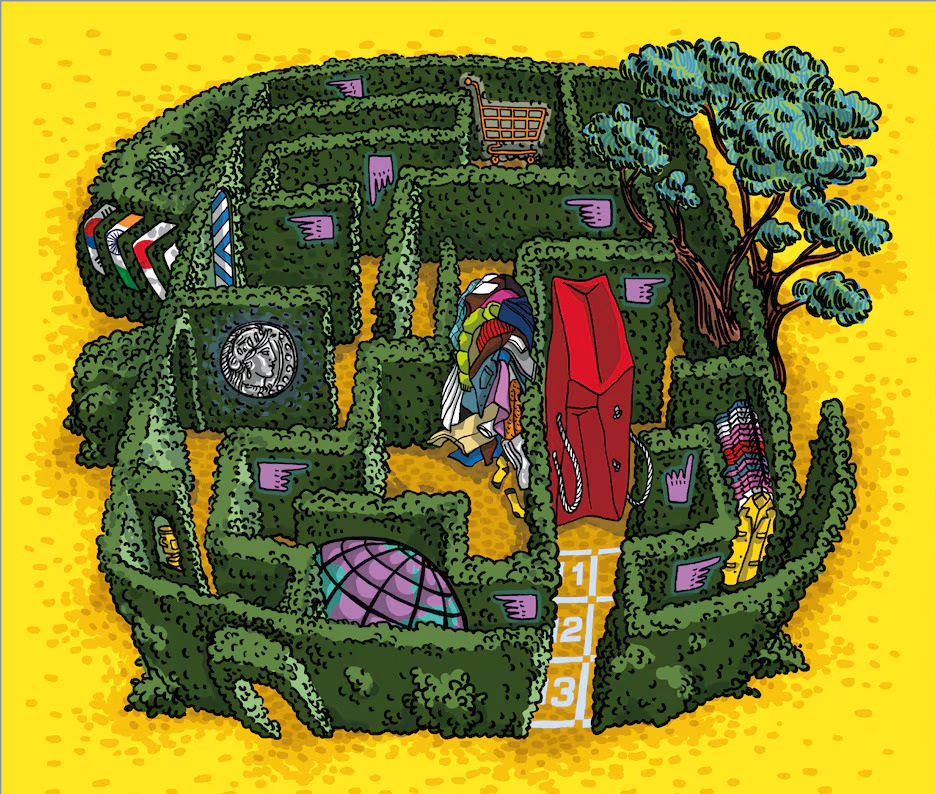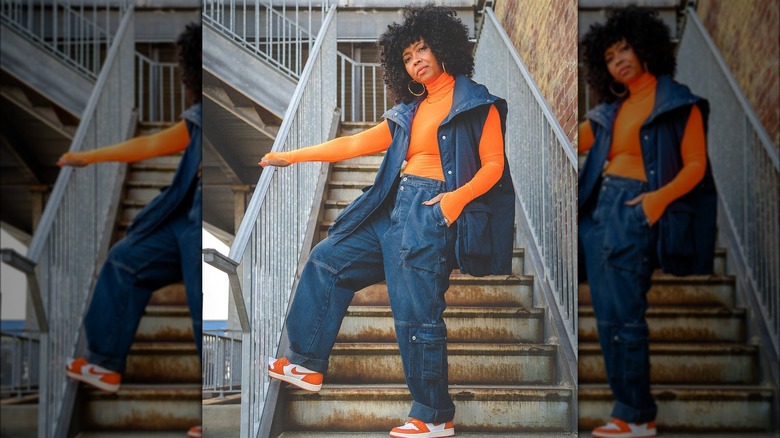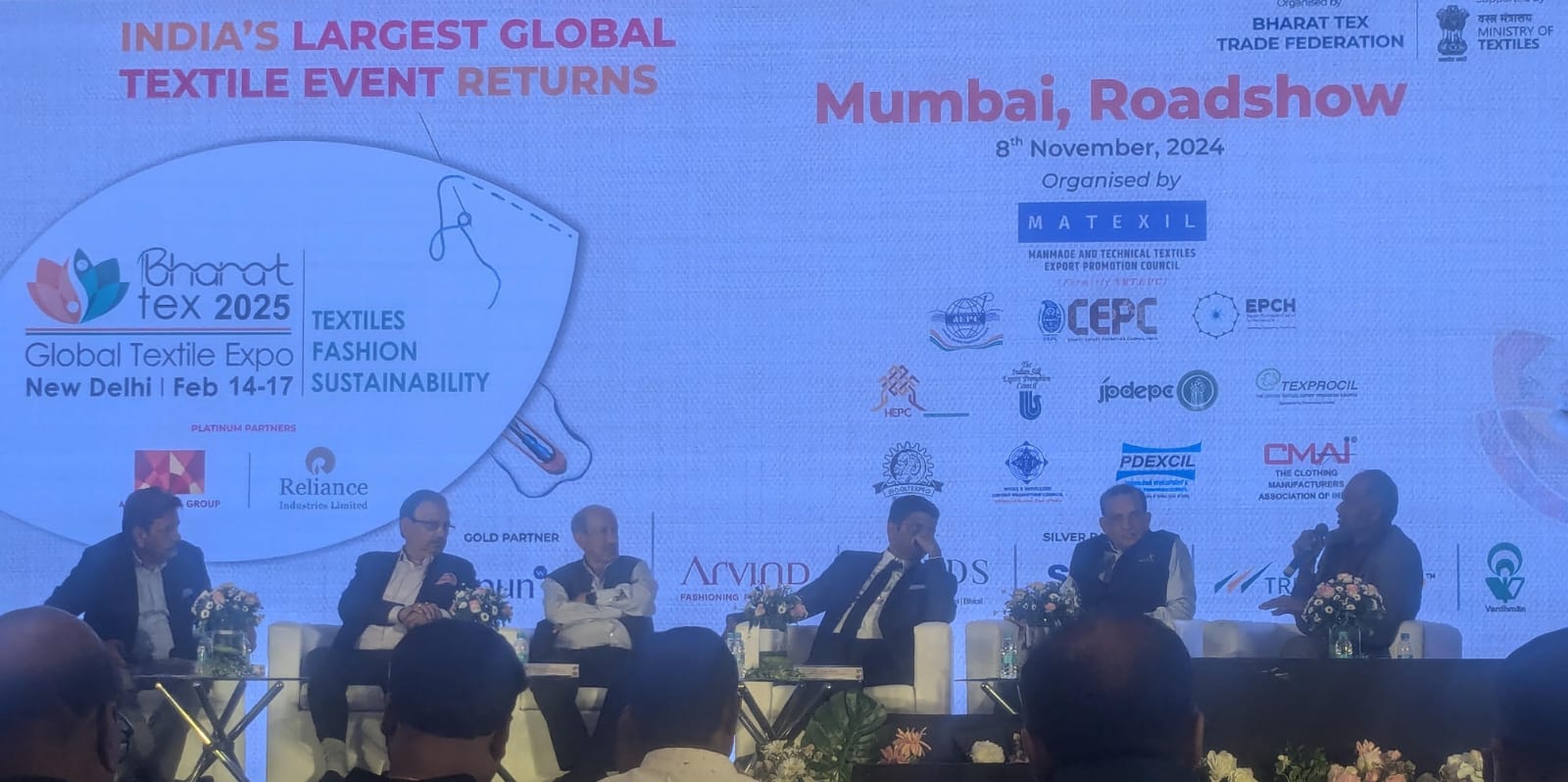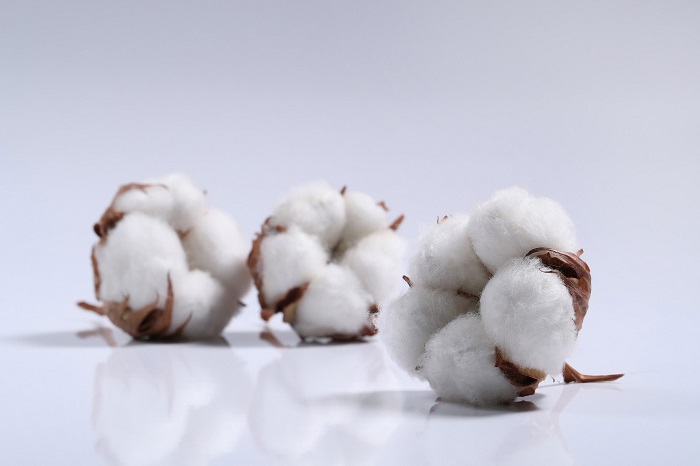FW
Spring Fair, the UK’s premier home, gift, and fashion trade show, has introduced an exciting new feature for its 2025 edition, the Licensing Lab. Running from February 2-5, 2025, at NEC Birmingham, the Licensing Lab is developed in partnership with Fabacus and Licensing International. It aims to create an exclusive space for the UK’s thriving licensing industry to connect, collaborate, and celebrate innovation.
Designed by Llewelyn-Bowen Design, the Licensing Lab will feature a Networking Lounge equipped with stylish, custom-designed furnishings. This space will serve as a comfortable environment for informal discussions, meetings, and educational sessions, providing a hub for licensors, licensees, and retailers.
Programming will include workshops, panels, and seminars by industry experts, covering key topics such as licensing trends, marketing strategies, and legal guidance. Additionally, interactive displays will showcase product samples, live demos, and trends to engage attendees.
With 61 per cent of the show’s 38,000 visitors expressing interest in licensed products, the Licensing Lab promises to be an impactful addition, supporting knowledge sharing and business growth. It also highlights the UK’s independent retail sector, valued at £66.3 billion and making up 30 per cent of the market, as a crucial audience for the licensing industry.
Soraya Gadelrab, Event Director at Spring Fair, emphasized that the Licensing Lab will enhance the event experience and drive growth within the sector. Steve Manners of Licensing International added that this partnership marks Spring Fair’s 75th anniversary with a commitment to industry evolution, providing education and resources for attendees to elevate their licensing strategies.
The US consumer price index (CPI) for garments increased by 1.1 per cent in October, marking a rebound after months of price declines, according to Cotton Incorporated. Clothing prices now stand 7.6 per cent above 2019 levels, reflecting sustained inflation following initial Covid-19 price drops.
While import prices for cotton-based apparel have stabilized at around $3.70 per square meter equivalent (SME), they remain higher than pre-pandemic levels, which averaged $3.45/SME in 2019. This stability may impact future retail prices as the apparel sector navigates a changing economy, Cotton Incorporated noted.
Consumer confidence also improved, with the Conference Board’s Index reaching 108.7 in October, its highest since January 2024. Consumer spending overall rose 0.4 per cent month-over-month and 3.1 per cent year-over-year in September. Apparel spending mirrored this trend, increasing 0.4 per cent month-over-month and 1.7 per cent year-over-year, though it has slowed since July.
Global growth projections from the International Monetary Fund (IMF) remain steady at 3.2 per cent for 2024 and 2025, with the US economy outperforming at forecasted rates of 2.8 per cent and 2.2 per cent respectively. However, job growth in October lagged with only 12,000 new positions added, partly due to Hurricane Helene and labor strikes.
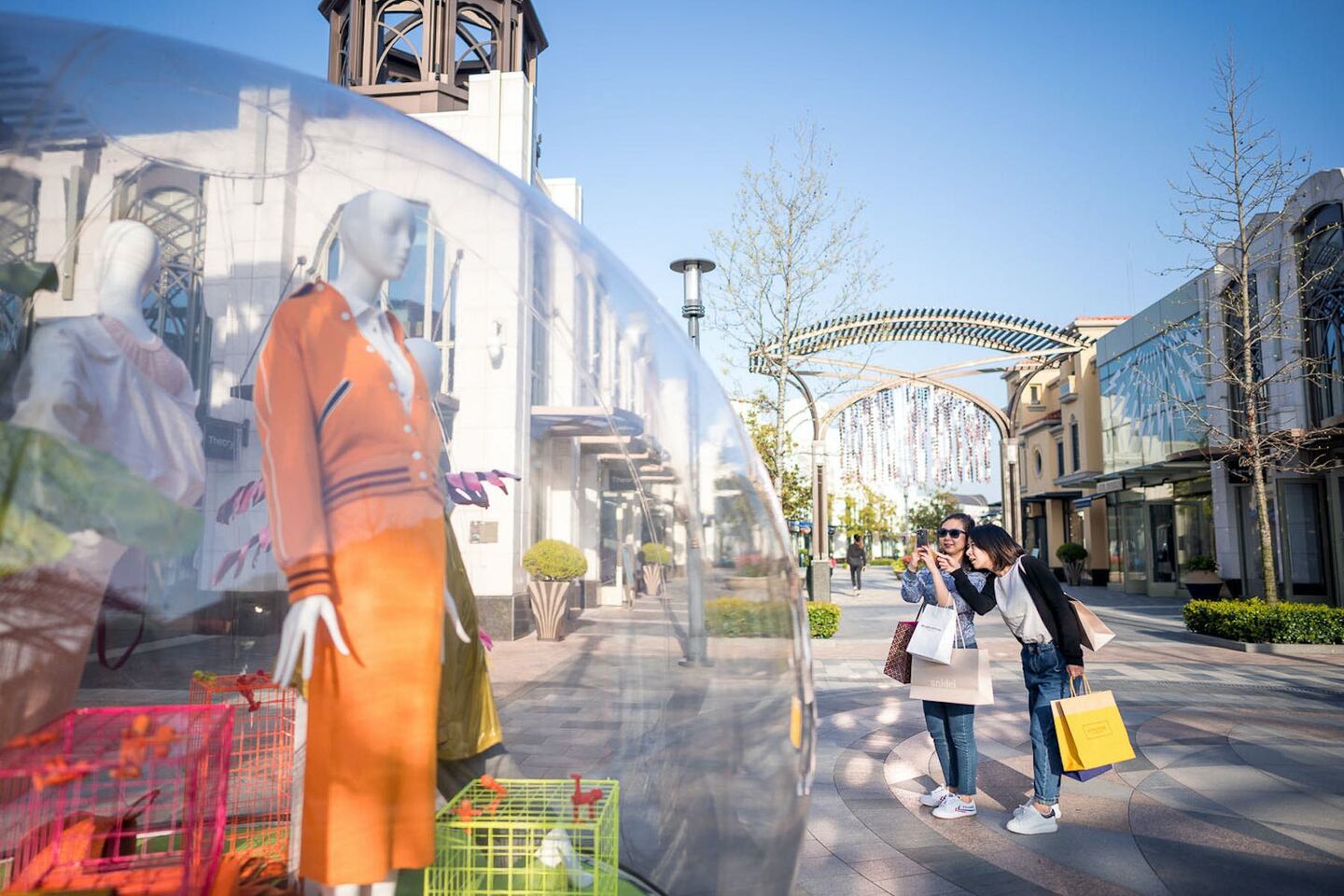
A quiet crisis is brewing behind the gleaming facades of luxury fashion houses. While shoppers clamor for the latest It-bag or limited-edition sneakers, brands are discreetly wrestling with a growing mountain of unsold inventory. This excess stock, a by product of shifting consumer trends, economic uncertainty, and overproduction, presents a unique challenge for an industry built on exclusivity and aspiration.
A billion euro problem
The numbers are staggering. As per Business of Fashion (BoF), the combined unsold inventory of luxury giants Kering (Gucci, Saint Laurent) and LVMH (Louis Vuitton, Dior) has more than doubled between 2014 and 2023, reaching a worrisome €4.7 billion. This rise in unsold goods is a significant challenge for brands built on an image of scarcity and desirability. “Excess inventory is the antithesis of luxury," says Luca Solca, senior research analyst at Bernstein. "It erodes brand equity and can lead to discounting, which further damages the perception of exclusivity."
Table: The unsold luxury burden
|
Company |
Unsold inventory (2023) |
% of revenue |
|
LVMH |
€3.2 billion |
4% |
|
Kering |
€1.5 billion |
8% |
|
Total (LVMH & Kering) |
€4.7 billion |
N/A |
Source: Business of Fashion
These figures, show doubling of unsold inventory since 2014 for these luxury giants, paint a stark picture. The problem extends beyond finished products to include raw materials and semi-finished goods, tying up valuable capital and creating logistical headaches.
Why the excess?
There are several reasons for this growing surplus.
• The fickle xonsumer: Luxury shoppers, particularly younger generations, are increasingly influenced by social media trends and micro-seasons, leading to shorter product lifecycles and unpredictable demand.
• Economic headwinds: Global economic uncertainty, including inflation and recessionary fears, has dampened consumer spending, even among high-net-worth individuals.
• Overproduction: In a bid to meet anticipated demand and maintain exclusivity, brands often overestimate production, leading to excess stock when sales fall short.
• Supply chain disruptions: The lingering effects of the pandemic, coupled with geopolitical instability, have created supply chain bottlenecks, leading to delayed deliveries and mismatched inventory.
"The challenge is to anticipate demand accurately in a rapidly changing market," says Solca. "Luxury brands are walking a tightrope between maintaining exclusivity and managing inventory effectively." Many brands have faced issues with surplus. In 2018, Burberry faced intense criticism for burning millions of pounds worth of unsold goods. While the brand claimed this was done to protect intellectual property and prevent counterfeiting, the incident highlighted the ethical and environmental concerns surrounding excess inventory. Since then, Burberry and other luxury brands have pledged to find more sustainable solutions.
Strategic responses
To deal with the problem, luxury brands are exploring various strategies to address this challenge, each with its own set of considerations. Some are opting for discreet price reductions through private sales or outlet stores help move excess inventory without overtly impacting brand image. Also, repurposing unsold materials and products into new designs or limited-edition collections minimizes waste and adds a sustainable element. Most of them are investing in advanced analytics and AI-powered tools to better predict demand and optimize production. And partnering with luxury consignment platforms or launching in-house resale programs to tap into the growing secondhand market is another way out for brand.
Many luxury brands are exploring various strategies to manage their unsold inventory. Moves like discreet sales and private shopping events for VIP clients; offloading excess stock at discounted prices in dedicated outlets, often located far from flagship stores; donating unsold items to charities or repurposing them for other uses are some of these.
Despite these moves, luxury brands face significant challenges. For them maintaining brand image is crucial as discounting or donating goods can dilute brand value and exclusivity. Also they have to cope with the production and disposal of unsold goods that contribute to environmental problems like waste and pollution. Destroying unsold goods raises ethical questions about waste and resource consumption.
Indeed, the growing inventory glut is a wake-up call for the luxury industry. Brands need to find a balance between meeting demand and preserving their image of exclusivity. This will require a shift towards more sustainable practices, including responsible production, innovative recycling solutions, and a greater focus on customer relationships. “The future of luxury lies in creating timeless pieces that customers will cherish for years to come," says Claudia D'Arpizio, a partner at Bain & Company. "This means moving away from the relentless pursuit of newness and embracing a more circular approach to fashion."
Active Apparel Group (AAG), a leading manufacturer of performance apparel, has achieved B Corp Certification, positioning itself among industry leaders in environmental, social, and governance (ESG) standards. AAG’s B Impact Assessment score of 84.9 reflects strong commitment across governance, workers, and customer focus, surpassing the 80-point minimum for certification.
The assessment highlighted AAG’s governance (17.6 points), worker policies (24.9 points), and customer support (4.1 points), areas where the company excelled compared to industry standards. AAG CEO Henry Jones expressed pride in the certification, noting that it validates the company’s commitment to sustainability and high global standards, enhancing its reputation as a premium provider and employer.
AAG’s certification includes Impact Business Model (IBM) points for toxin reduction and remediation. Through OEKO-TEX certified inks and responsible chemical management, AAG demonstrates a deep commitment to reducing harmful chemicals in production. In 2023, AAG’s facility in Ningbo, China, was audited by Bureau Veritas, confirming that employees are paid 29 per cent above the local minimum wage and 140 per cent above the poverty line, meeting the calculated living wage.
To further reduce its environmental impact, AAG has implemented an Environmental Management System (EMS) based on ISO14001 standards, with initiatives to decrease its carbon footprint across China, Australia, and the USA. This B Corp certification places AAG among the few sustainable leaders in performance apparel manufacturing, assuring customers of their dedication to responsible business practices.
Manchester-based Apparel Brands has acquired a 60 per cent stake in Hype, with the option to purchase the remaining 4 per cent from current owner Sarjan Dulai. This acquisition follows Dulai’s buyout of Hype in a pre-pack administration 18 months ago. Earlier this year, Liam Green and Bav Samani, Co Founders, exited the business.
The brand Hype underwent a significant ‘reset’ over the past year, focusing on efficiency and adopting a streamlined stock model, highlights Mike Thompson, CEO. The company reduced its inventory from over 1,500 SKUs in April 2023 to around 500, resulting in improved performance.
Under the new leadership, Hype will benefit from supply chain optimisation and economies of scale, gaining leverage as part of a collective of six or seven brands, affirms Thompson. This integration will enhance the brand-building potential and operational efficiency of Hype.
Looking ahead, Hype plans to expand its physical retail presence. Its current partnerships include 60 M&S stores, 100 WH Smith locations, and 120 Deichmann stores, complemented by collaborations with major retailers such as Next, John Lewis, and Zalando. The brand aims to shift the business model to two-thirds pre-book orders and one-third variable, to strengthen its international B2B portfolio over the next two to three years, with growing interest from the GCC and India, Thompson notes.
Peter Wood, Founder and CEO, Apparel Brands, shares, Hype has been a cornerstone of youth fashion and accessories. The brand offers immense potential to build on this legacy. It aims to be the leading brand for kids and families and set fashion standards that both parents and children can trust.
Managed by E-Land World in South Korea, New Balance is on track to surpass 1 trillion won ($713 million) in annual sales for 2024. Following impressive sales of 900 billion won in 2023, the brand aims to exceed this milestone despite economic challenges.
To achieve this, E-Land World recently added aespa’s Winter and actor Gong Yoo as brand ambassadors, joining the existing roster of singer IU and former figure skating champion Kim Yuna. This strategic move will help attract a broad audience, from younger consumers captivated by Winter’s influence to those in their 30s and 40s drawn to Gong Yoo’s appeal.
Another major milestone for New Balance was the opening of its 754-sq-m flagship store in Seongsu-dong, eastern Seoul in Oct’24.
Featuring the largest selection of premium MADE products and exclusive items, the store attracted over 2,000 visitors on its opening day and 30,000 within the first two weeks. It witnessed a high demand for rare products like the 993 sneakers.
To maintain momentum, New Balance aims to launch seasonal campaigns and promotions. The 2024 Members Winter campaign, which runs until November 17, offers discounts on popular down jackets. Concurrently, the brands has also organised the New Balance Mega Week in partnership with Musinsa to promote winter apparel and accessories. The brand plans to periodically release exclusive items to build anticipation among shoppers.
These efforts align with the leadership of Cho Dong-ju, who was appointed as the CEO of E-Land World on Sep 30, 2024. Credited with fueling New Balance’s growth, Cho previously led key roles such as head of the brand division in 2017 and COO in 2023. His initiatives include successful collaborations with local artists and brands. He is known to have implemented a unified, project-based structure integrating product planning, marketing, and sales—departing from traditional methods to meet the 1 trillion won target.
Family-owned holding company, EPI plans to sell the French luxury childrenswear brand Bonpoint to China's Youngor Group, as per French news outlet La Lettre. As per the publication, EPI has owned Bonpoint since 2007 and also holds JM Weston in its portfolio.
According to La Lettre, the transaction worth €200 million is being led by Valerie Hermann, a close associate of Christopher Descours, CEO, EPI.
Founded in 1979, Youngor Group is a major player in China’s textile and apparel industry. Despite its sales declining to €1.7 billion (RMB 13 billion) in 2023, the group remains a key force in fashion and real estate. It designs and produces clothing, primarily under its men’s ready-to-wear brand, Youngor. The group acquired a minority stake in the Alexander Wang label in 2022.
China has become an essential market for Bonpoint, a brand established in 1975. By the end of 2023, Bonpoint managed 130 stores and shops-in-shops globally, with approximately 30 located in China. The brand has often experienced overwhelming financial results due to the competitive nature of the childrenswear market.
The American Apparel and Footwear Association (AAFA) cautions that tariff policies under former President Donald Trump could drive up apparel costs if campaign proposals are fully enacted. These policies, particularly the Section 301 tariffs from 2018, have contributed to the highest inflation in decades for clothing and footwear, according to AAFA.
These tariffs, which US businesses and consumers ultimately pay, disproportionately impact lower-income Americans, particularly female consumers, as tariffs are higher on affordable clothing and women’s apparel.
AAFA President and CEO Steve Lamar expressed concern over the effects of these tariffs and emphasized the need for immediate renewal of essential trade programs, including the African Growth and Opportunity Act (AGOA), the Generalised System of Preferences (GSP), and the Haiti Help/Hope preference program.
Lamar argued that a stable trade environment, bolstered by these programs, would support industry diversification, create jobs, and make fashion more affordable.
The AAFA also advocates for policies to protect shipping channels, curb counterfeit goods in e-commerce, and ensure effective, practical trade legislation. These measures, the organization hopes, will offer a balanced approach to sustaining the US apparel and footwear industry while providing affordable options to consumers.
The Confederation of Indian Textile Industry (CITI) has expressed optimism over Donald J Trump's recent presidential win in the United States, anticipating a positive impact on India's textile and apparel (T&A) trade with its largest export destination. In 2023, the US accounted for over 27 percent of India’s T&A exports, underscoring its critical role in India’s global trade expansion.
CITI Chairman Rakesh Mehra highlighted a notable rise in textile and apparel (T&A) exports to the US, reporting nearly 6 percent growth in the current fiscal year compared to the same period last year. This rate exceeds that of key competitors, with China showing a 2.2 percent increase, Vietnam at 0.4 percent, and Bangladesh experiencing a 2.2 percent decline. Mehra pointed out that this improvement in India’s export performance indicates a growing interest from American consumers in Indian T&A products.
Mehra pointed to the Trump administration’s previous efforts to diversify sourcing away from China as a favorable factor aligning with India’s ambitions to expand in the American market. This shift has opened doors for Indian textiles, providing a viable alternative for US buyers seeking to reduce dependence on Chinese imports.
However, high US tariffs, which can reach up to 32 percent on certain apparel categories, remain a barrier to further growth. These tariffs, Mehra noted, limit India’s ability to fully capitalize on its growing market share in the US. CITI is hopeful that Trump’s new administration will prioritize trade discussions with India to address tariff-related obstacles, enhancing India’s role as a major supplier of high-quality textiles and apparel to the US.
Such a collaboration, according to Mehra, could mark a new era in US-India textile trade, offering American retailers and consumers a competitive alternative to Chinese products.
Marking a significant turnaround from a net loss of Rs 4.15 crore in Q2, FY24, Ramco Industries (RIL), part of the Chennai-based Ramco Group, reported a consolidated net profit of Rs 16.88 crore for Q2 FY25. The company’s revenue from operations increased by 11.83 per cent Y-o-Y to Rs 353.17 crore during the quarter.
Profit before exceptional items and tax increased by 86 per cent to Rs 32.55 crore in Q2 FY25, compared to Rs 17.50 crore in the corresponding quarter of the previous year. Total expenses for the quarter rose by 7.41 per cent to Rs 323.79 crore from Rs 301.44 crore in Q2 FY24. The cost of materials consumed increased by 20.3 per cent YoY to Rs 232.69 crore, while employee benefits expenses grew by 19.85 per cent Y-o-Y to Rs 41.85 crore.
In H1, FY25, RIL's net profit increased by 58.92 per cent to Rs56.29 crore, driven by an 11.65 per cent increase in revenue from operations, which reached Rs 896.33 crore during the period.
In a strategic move, the company's board approved an investment to purchase shares of The Ramco Cements, with a commitment of up to Rs 160 crore in one or more tranches. Additionally, the board sanctioned the raising of credit facilities from banks, mutual funds, or non-banking financial companies (NBFCs) through secured, rated, redeemable non-convertible debentures, term loans, or other borrowing methods. The total amount for these credit facilities is set not to exceed Rs 160 crore, which will support corporate requirements and fund the investment in The Ramco Cements.
RIL’s core business includes spinning of cotton yarn as well as manufacture of asbestos-based fiber cement (FC) sheets used as roofing material and the production of calcium silicate boards. The company operates a fully-owned subsidiary in Sri Lanka, Sri Ramco Lanka, which manufactures and markets FC sheets. The broader Ramco Group has diversified interests spanning cement, FC sheets, textiles, and information technology.

